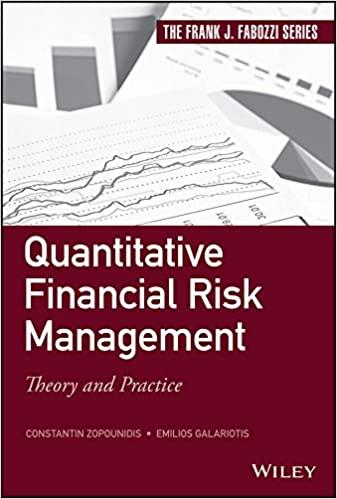


QUESTION 5 For the following bonds, tell me if the bond will be a discount bond, a par bond, or a premium bond. You should be able to tell me the answers without any calculations. But if you can't, just try pricing a few bonds with these characteristics ( make up a maturity). Bond Coupon Rate YTM 6% 10% Bond A is a bond. Bond B is a bond. Bond C is a bond. QUESTION 6 Imagine two bonds. Both mature in 12 years, and have annual coupons. They both yield 10%. One has a coupon of 5% (call it the low coupon bond), and one has a coupon of 11% (call it the high coupon bond). Now imagine that the yield for both rises from 10% to 12%. Which bond will have the greatest price change in percentage terms? Answer below. Note that this is a question about interest rate sensitivity, and addresses something called the "coupon effect." (It is also really a duration question which we will get to later in the course.) You may already know the answer to this. But if you don't you can simply do actual calculations using the bonds I describe above. Calculate the original price, then calculate the new price after the yield rises. The calculate percentage price changes. You will see the answer. The question you must answer is a true/false. The following statement is true or false: The high coupon bond will have the greatest percentage price change? True False QUESTION 7 You own two $1,000 par bonds, one in this problem and one in the next. I want to illustrate something else. Both of these bonds are zero coupon bonds, which simply means they pay no coupon. The first bond matures in 3 years, and yields 8%. If the required yield drops to 6% instantaneously, so the maturity does not change), what is the percentage price change? Answer in percent to three decimal places. Do not enter the percent sign. Do enter the sign if negative. Assume annual compunding. QUESTION 8 OK, this is the second zero coupon bond. This one also has a par value of $1,000. This one matures in 12 years, and yields 8%. If the required yield drops to 6% (instantaneously, so the maturity does not change), what is the percentage price change? Answer in percent to three decimal places. Do not enter the percent sign. Do enter the sign if negative. Assume annual compunding. Again, be sure to compare the results of this problem and the last. The only thing different between the two bonds is maturity. What does this tell you about maturity and the interest rate sensitivity of the bond? I assume by now you have been reminded several times of the relationship between the direction of the interest rate change and the direction of the price change QUESTION 9 Calculate the value (price) of a $5,000 par value bond which pays quarterly interest at an annual coupon rate of 5.63% and has 9 years until maturity. The yield on similar risk bonds is currently 8.47% (nominal annual with quarterly compounding). Answer in dollars to two decimal places. Do not enter the dollar sign and do not enter commas. QUESTION 10 Think of that last problem you just did. In that problem you had a quarterly compounding bond. Assume it was a bond which paid quarterly interest and had a nominal yield of 5.84% (nominal annual with quarterly compounding). What effective annual rate does that convert to? Answer in percent to three decimal places









